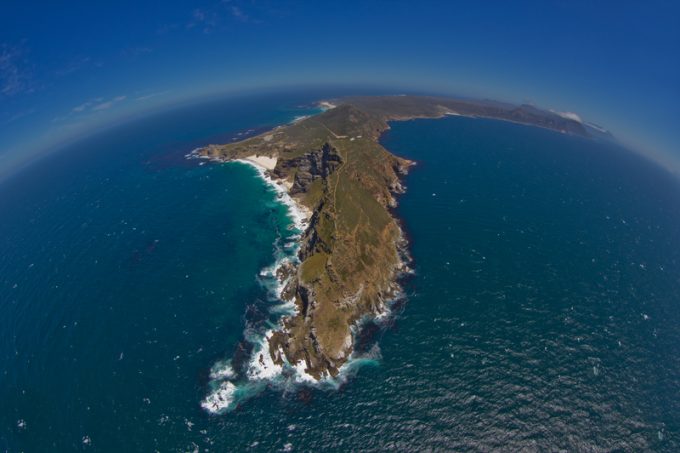Evergreen clients signing transpac contracts as Red Sea crisis props up rates
Taiwan carrier Evergreen said yesterday it believed the escalation of Israel-Iran tensions means the Red ...

The current equilibrium between supply and demand in container shipping depends on the duration of the Red Sea attacks, and the effect on available capacity, as ships take longer routes via the Cape of Good Hope.
Attacks on commercial shipping by Houthi rebels in the Red Sea have kept elderly tonnage, that would otherwise have been sold for scrap, gainfully employed at a premium for shipowners and, moreover, soaked up the huge number of newbuild vessels being delivered each month.
What is not known, of course, is how much longer this threat to shipping in the Red Sea will continue to prevent liners from safely using the shorter Suez Canal route.
The latest container market analysis from international shipping association Bimco estimates ship demand growth currently running at 9.5%, due to vessels being rerouted, against a predicted 9.1% growth in the supply of new tonnage this year.
The temporary demand for ships is unrelated to cargo volume growth, which Bimco expects to run at a modest 3% to 4% this year – thus without the Red Sea crisis, liner shipping would be in serious trouble.
“The tightening of the supply/demand balance has immediately led to an increase in freight rates, time-charter rates and time-charter fixture periods,” noted Bimco.
According to Bimco’s data, charter rates have increased 41% since December, while average time-charter durations have been extended by three months, with average freight rates remaining 52% higher than at the end of 2023.
However, the working assumption of Bimco, and that of the major container lines, is that by the second half of this year, liner trades will again be transiting the Suez Canal and the industry will again face a deteriorating supply/ demand imbalance.
Ocean carriers have factored this uncertainty into their full-year guidances for earnings, which have been wide-ranging, from significant profits to significant losses.
OOCL parent OOIL said last week the outlook for the container shipping market remained uncertain and added: “The current supply chain tension is caused by the rerouting of vessels, which is quite different compared to the spike in demand, inadequate supply and the interruption of the supply chain during the pandemic period between 2020 and 2022.”
It continued: “What is obvious is that the container shipping market is highly susceptible to any form of disruption, and the complete effect will not be seen until the original balance is restored or a new equilibrium is found.”
Meanwhile, notwithstanding the Red Sea crisis, Bimco’s report also focuses on the risks to global trade, in particular the US market, where it sees the expiration of the east coast labour agreement in September and the upcoming US presidential elections as potential threats.
“If re-elected, Donald Trump has vowed to increase tariffs on Chinese imports, which will impact trade between China and the US. Unless replaced by trade from other Asian countries, this would hurt overall demand in transpacific trade,” said Bimco.
And on a failure to agree a new US east labour contract, Bimco said that scenario was “unlikely, but should it happen it could wreak havoc on supply chains”.
Comment on this article